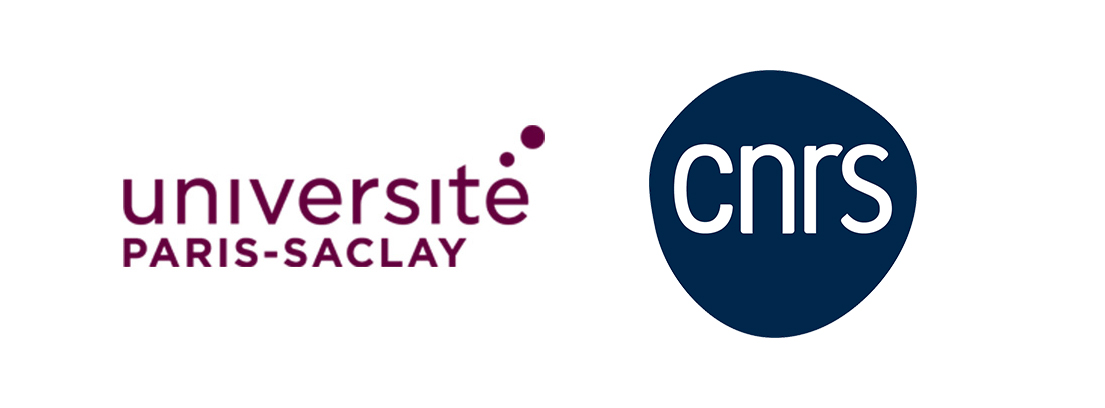Creation of the EFOR network
2008
In recent years, model species used in biology have diversified considerably. This diversification can be explained by the evidence of the strong unity of living organisms and the recurrent use of gene networks or signalling pathways highly conserved throughout evolution. Many research teams use different models to provide complementary answers to their biological questions. Furthermore, society is legitimately asking for reasonable use of animals in research.
In this context, the EFOR network (Réseau d’Etudes Fonctionnelles chez les ORganismes modèles – Network for Functional Studies in Model Organisms) was created, under the leadership of Jean-Stéphane JOLY, with the aims of (i) letting scientists better know about diversity of model species, and (ii) promoting infrastructures devoted to the use of these models.
TEFOR infrastructure, EFOR's little sister
In 2012, the EFOR network’s coordination committee took the opportunity offered by the “PIA” (Programme des Investissements d’avenir) program from the French agency for research (ANR) to create a large-scale research infrastructure. TEFOR was thus created, thanks to 12 years funding of M€12.5. This national infrastructure was initially constituted by ten partners (platforms and laboratories) with the aim of providing a range of services dedicated to two model species, drosophila and zebrafish. TEFOR’s scope and structure have now been streamlined to focus on aquatic models.
The evolution of TEFOR: TEFOR Paris-Saclay
2020
In line with the TEFOR infrastructure, the TEFOR Paris-Saclay unit was created in 2020. The unit is sustained by two public institutions: the CNRS and the Paris-Saclay University..
TEFOR Paris-Saclay merges 3 of CELPHEDIA’s centres:
- AMAGEN, dedicated to zootechnics and transgenesis of teleost fish, in particular zebrafish
- the CRB-Xenopes for zootechnics and transgenesis of xenopus models
- the TEFOR Core Facility, former team of the NeuroPSI institute, dedicated to 3D imaging phenotyping of fish models.
These new outlines, through The reorganisation of a complex network into a single centre dedicated to aquatic models provides optimum visibility of the services offered to the scientific community using these models.
TEFOR Paris-Saclay is in the heart of the CEPHEDIA-TEFOR node
Thus, the TEFOR node of CELPHEDIA is composed by:
- the TEFOR Paris-Saclay, dedicated to the use of aquatic models;
- The Fly Facility platform, dedicated to the use of the Drosophila;/li>
- The TACGENE platform dedicated to the development of genome editing, mainly using the CRISPR-Cas9 system.
Questions?



